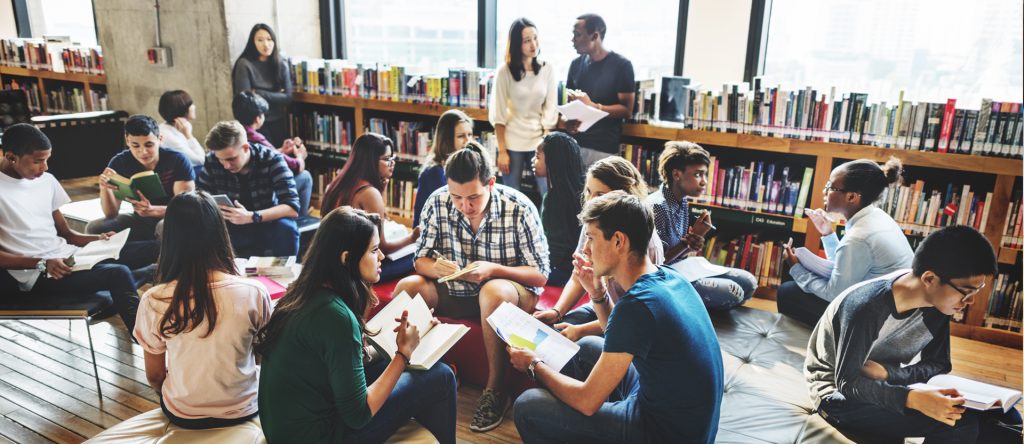
Education
Visiting a museum is often stereotyped as an activity confined to those going on a school trip or members of the middle or upper classes. In reality, however, a trip to a museum can be enjoyed by all and can be both a pleasurable and educational experience.
The primary role of a museum is to be a source of education, whether it be through showcasing collections of cultural products such as pieces of art, telling the story of something, such as an historical event, or raising awareness of a societal concern, such as HIV.
The mantra of a museum is to ensure that on leaving, each person knows something that they did not know when they entered.
The Modern Museum
Today, museums are more focused than ever on the promotion of a more interactive, wide-reaching educational experience. Museum attendance in the UK is relatively high with research carried out by the London School of Economics in 2004-2005 indicating that 43% of British people visited a museum or art gallery at least once a year.
These statistics could be related to the free entry granted by many museums but is also largely due to the greater efforts made by museums to engage people in recent years.
The diversity of museum attractions is undoubtedly increasing with everything from classical music, art and sport to contemporary film, toys and war exhibitions represented; in short, there is something for everyone.
Today, traits of popular culture are often represented by museum and gallery exhibitions making them more accessible and interesting to young people, who may have previously associated a trip to the museum with looking at ancient relics or medieval paintings rather than pop art or celebrity for example.
Museums for All
Although statistics support the notion that museums are most popular amongst the middle classes, with high earning white males the most frequent visitors, they are making waves to increase the attendance amongst other groups of society by launching marketing campaigns and exhibiting a more varied range of subjects.
In addition to this, museums are increasingly liaising with schools and community groups to ensure they are accessible to all.
Children and Museums
Museums have made their exhibitions more enjoyable for children by making more interactive displays and introducing concepts such as quizzes or treasure hunts to keep children amused.
Research shows that children who are regularly taken to museums are more likely to go to them in their adult life and therefore creating a positive perception of museums in young children can be extremely important.
